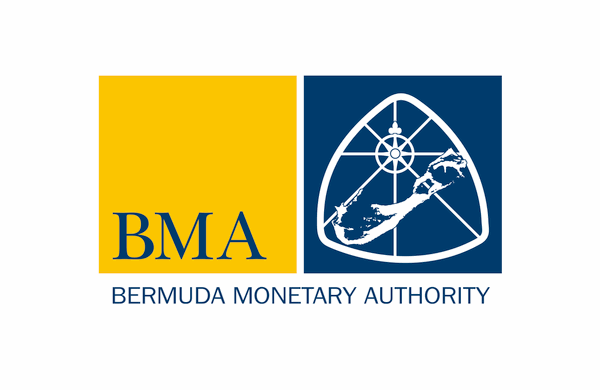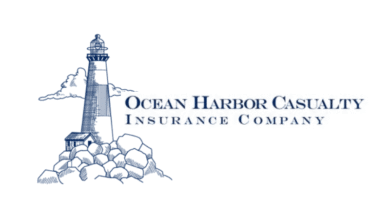Bermuda re/insurers to pay ~$10bn in California wildfire claims. Bermuda ILS will pay more

Bermuda-based insurance and reinsurance companies are projected to incur gross claim losses nearing US$10 billion stemming from the catastrophic wildfires that swept through Southern California in January 2025, as they make payments to help U.S. policyholders and cedants recover, says the Bermuda Monetary Authority (BMA).
The Eaton Fire in Altadena and the Palisades Fire in Pacific Palisades scorched vast areas, resulting in catastrophic property damage, large-scale evacuations, and tragic loss of life.
According to claims data collected by the BMA in March 2025, these two fires are now considered to be the most expensive in terms of both human loss and property damage.
The BMA estimates that economic losses from the California wildfires could range from US$250 billion to US$275 billion, with industry-insured losses projected at no less than US$30 billion.
Given these projections, Bermuda’s insurance and reinsurance market is expected to bear up to 30% of the total insured losses.
It’s important to note, that while Bermuda based re/insurers are expecting to pay $10 billion of the losses, the amount of capital that will actually flow from Bermuda to support insurance and reinsurance claims will likely be higher still, thanks to additional recoveries made from insurance-linked securities (ILS) structures and instruments domiciled on the island.
While it’s hard to estimate how much comes from the ILS market and its third-party investors, it will be a meaningful addition.
The catastrophe bond market saw significant mark-downs at first, which had since declined to around $400 million by April. But with the majority of these mark-to-market losses linked to aggregate cat bonds that remain on-risk at this time and have also accumulated qualifying losses from other perils, the contribution of the cat bond market is hard to state at this time.
Private ILS funds and other third-party capital backed reinsurance structures, such as quota share sidecars, are also paying their share of wildfire losses. Some of this is to the benefit of the traditional re/insurance community in Bermuda as well, in providing them important hedging capacity, while more will go to US insurers and cedents with significant loss impacts from the wildfires.
Which means the total figure, in risk capital dollar terms, for how much money flows from companies and structures in Bermuda to support recovery from the California wildfires from across re/insurance and also ILS, will be considerably higher than the traditional market pays out alone.
The figure from the BMA encompasses a wide range of financial impacts, including property damage, evacuation and relocation costs, business interruption, and additional living expenses.
As well as this, the estimate also covers reconstruction costs, including cleanup, permit fees, necessary building code improvements, and potential law and ordinance expenses.
“The survey results demonstrate Bermuda’s crucial role in supplying risk capacity to the US and other regions prone to catastrophes. The ability of US insurers to cede risk to Bermuda enables diversification of risk globally and helps stabilise insurance costs for customers residing in catastrophe danger zones,” commented Craig Swan, Chief Executive Officer of the BMA.
He added: “Nevertheless, the significant disparity between the economic and insured losses remains a societal concern, underscoring the need for stronger public-private partnerships and increased collaboration among regulators, insurers and other stakeholders to address the protection gap.”
Moreover, Bermuda’s re/insurance sector plays a significant role in covering insured losses from major U.S. weather events, frequently absorbing a substantial share of the financial burden during large-scale catastrophes.
For instance, Bermuda re/insurers are estimated to have covered approximately 30% (US$31 billion) of the insured losses from Hurricanes Harvey, Irma, and Maria during the 2017 hurricane season.
Additionally, in 2021, they covered 30% (US$6 billion) of Hurricane Ida’s impact and 20% (US$3 billion) of losses from the Texas Winter Storm Uri.
In 2022, following Hurricane Ian, Bermuda’s market absorbed 25% (US$13 billion) of the insured losses from the event.
More recently, in 2024, they took on 20% (US$2 billion) of the losses stemming from Hurricane Helene and 15% (US$4 billion) to those from Hurricane Milton.
“The difficult task of rebuilding after destruction at the scale of the California Wildfires continues despite numerous obstacles. During such challenging times, which have devastated lives and destroyed communities, the ability of Bermuda re/insurers to respond quickly in settling claims supports the essential rebuilding efforts,” said Gerald Gakundi, Deputy Managing Director, Supervision (Insurance).
This information comes from the BMA’s US Data Claims Survey completed in March 2025. The loss information includes direct insurance and reinsurance, with 119 (re)insurance companies responding to the survey. “The Authority is grateful to the companies who participated in the survey,” Gakundi noted.


